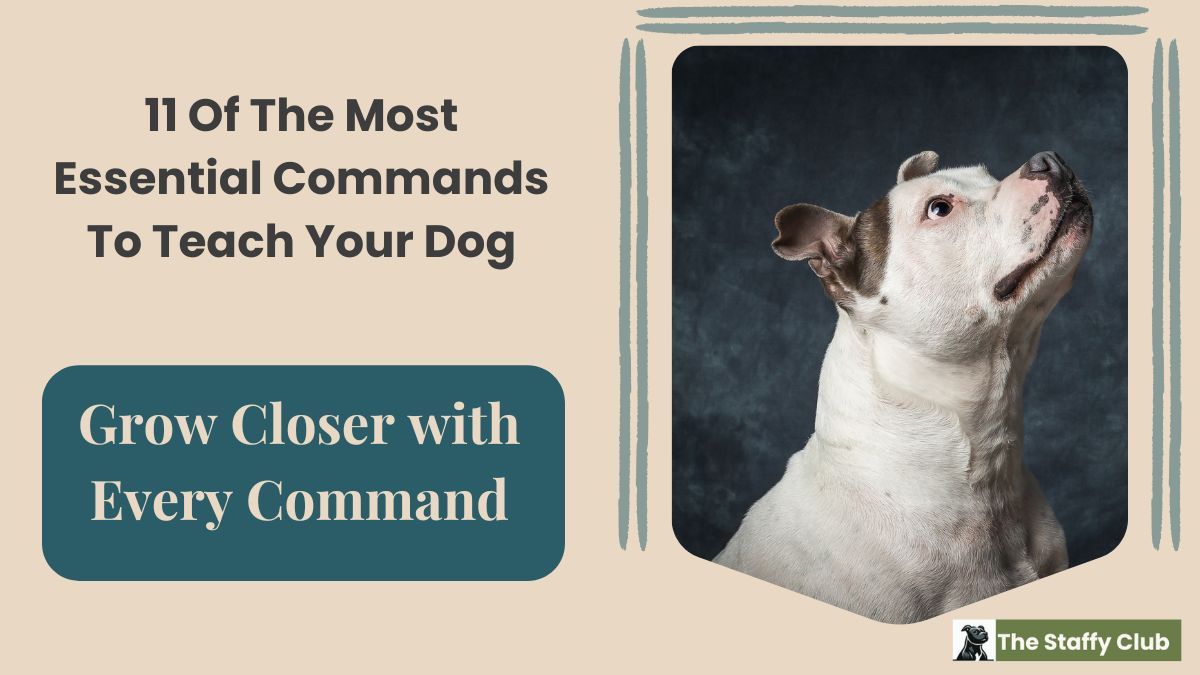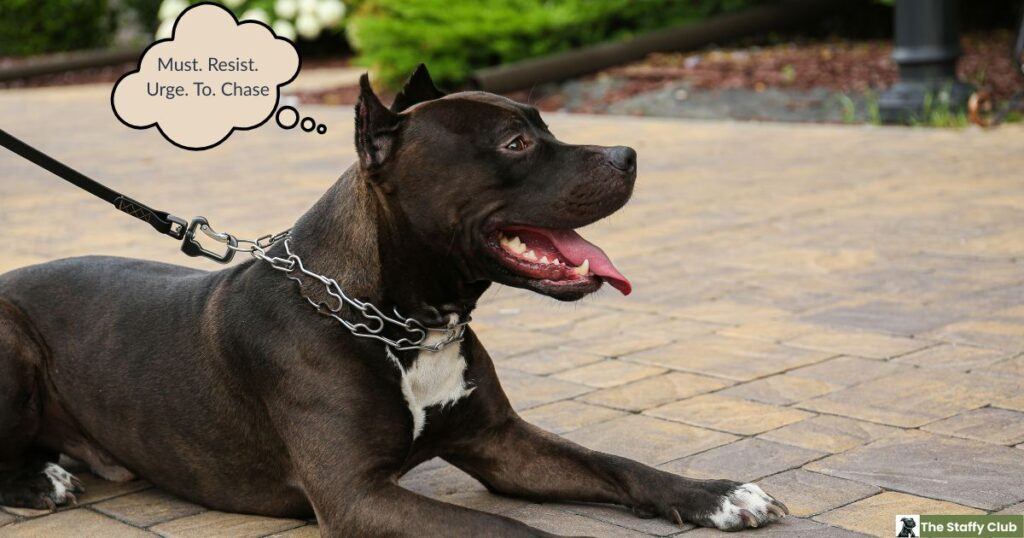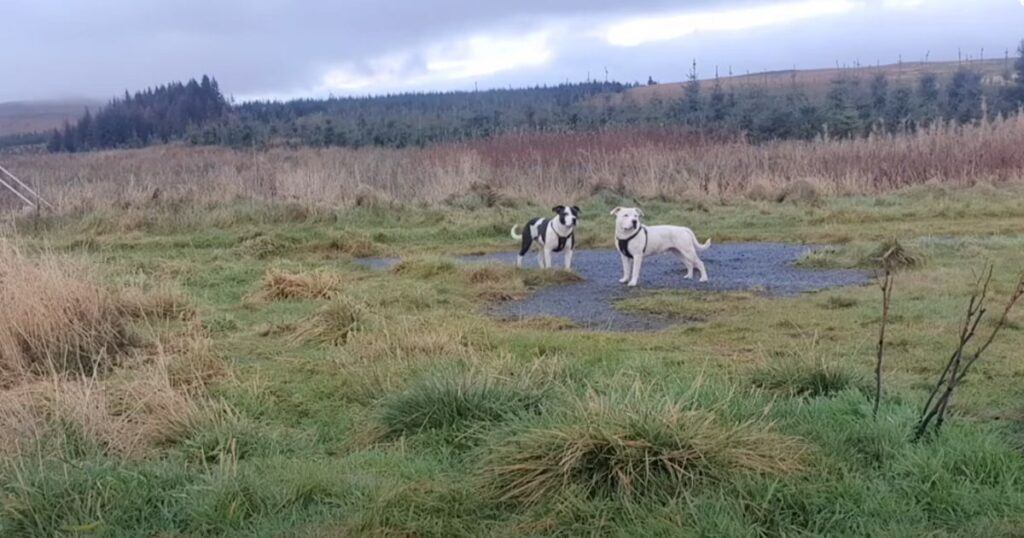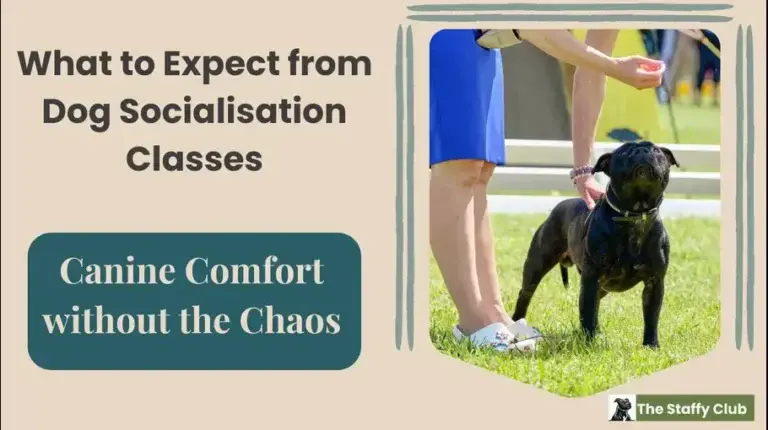11 Of The Most Essential Commands To Teach Your Dog

A well-trained dog is a safe and happy dog. Teaching these essential commands helps prevent accidents, improve behaviour, and strengthen your bond.
Why Basic Commands Matter

Basic commands do more than stop bad behaviour. They keep your dog safe, improve their well-being, and strengthen your connection.
- Safety – Commands like “Come” and “Stay” can stop your dog from running into danger.
- Mental & Emotional Health – Dogs thrive on structure. Clear commands reduce anxiety and help them feel secure.
- Stronger Bond – Training builds trust. A dog that listens is easier to live with and enjoys more freedom.
The Commands Every Dog Should Know
1. Come
This command could save your dog’s life. It ensures they return to you, even in dangerous situations.

There’s a river near our walking trail with a deep side. One day, I saw Codi eyeing it. He likes shallow water but avoids anything deeper. Thanks to the “Come” command, he didn’t explore the deeper side that day.
2. Sit
A simple but powerful command. It helps control your dog in everyday situations, especially around people. Without it, our dogs would jump on guests.
We also use it during walks when others want to give them attention or treats. It ensures they don’t get too excited when people’s hands are near.
3. Stay
Stops your dog from moving until released. It’s useful for safety in busy areas or when guests arrive.
Some people confuse “Stay” with “Wait.” We trained ours with “Wait,” but we also use “Stay” in emergencies, like when a delivery driver leaves a gate open. Shouting “Stay” stops them immediately.
4. Leave It
Prevents your dog from picking up harmful or unwanted items. Essential for avoiding toxic foods or choking hazards.
Dogs often find dangerous things on walks, like toxic plants or animal droppings. “Leave It” teaches them not to pick up things they shouldn’t.
5. Drop It
Teaches your dog to let go of objects on command. This keeps them from swallowing dangerous items.
We’ve had many moments when the dogs picked up things they shouldn’t—like shoes, and once, a screwdriver. “Drop it” is different from “Leave It”—the latter stops them before they pick something up, while “Drop It” is for when they already have it.
6. Heel
Helps your dog walk politely without pulling. This makes walks more enjoyable and controlled.
We use “On” instead of “Heel” because we trained them to follow my hand using a treat. Whatever word you use, it helps your dog stay by your side.
7. Down (Lie Down)
Encourages calmness and self-control. It’s useful in high-energy situations or when you need your dog to settle.
Teaching “Down” wasn’t easy for our shyer Staffy, but it worked well for our boisterous one. It’s especially useful for calming them down when they get over-excited, like during walks with other dogs.
8. Off
Stops your dog from jumping on people, furniture, or counters. It prevents bad habits and unwanted behaviour.
We use “Off” to keep our dogs off the furniture and counters. Even when they were allowed on one old couch, they instinctively knew they couldn’t get on the good one.
9. No
A general correction command. It stops unwanted actions immediately, like chewing furniture or barking excessively.
We mostly use “No” when Codi goes to the door to go out and then refuses once it’s opened. We also used it a lot when they chewed their bedding as puppies.
10. Wait
Prevents your dog from bolting out doors or running into traffic. It teaches patience and impulse control.

We use “Wait” before crossing the road. Even when there’s no traffic, our dogs wait on the pavement until we say “Over.” We also use it when opening the door for deliveries to prevent jumping.
Mostly though, it’s used on off-leash walks to keep the dogs within a safe recall position. In line-of-sight too because often on walking trails, there are blind spots.
11. Stop
An emergency command for instant control. It helps in dangerous situations, like stopping a dog from running into the road.
While “Stop” is meant for emergencies, we find “Come” works better in most situations. We use “Stop” mainly when the dogs get too rough during play.
The Science Behind Effective Dog Training
Dogs learn through patterns, not reasoning. Trainers call it conditioning. If a command is repeated with clear actions and rewards, they connect the dots. Timing is crucial—rewards or corrections must happen immediately to be effective. Dogs also rely on body language, so make sure your tone and posture match your words.
Why Positive Reinforcement Works
Rewarding good behaviour makes it more likely to happen again. Treats, praise, and toys reinforce commands. Harsh corrections create fear and confusion, while positive reinforcement builds confidence and trust.
Avoiding Training Mistakes
Inconsistent reinforcement slows progress. If one person allows a behaviour while another corrects it, your dog will be confused. Make sure everyone in your household uses the same words and rules.
Tailoring Training to Your Dog’s Needs
Not all dogs learn the same way. Age, breed, energy level, and personality all play a role. Some dogs are eager to please, while others are independent or stubborn. Adjust your training methods to fit your dog’s temperament.
Puppy training classes helped us a lot. The dogs learned important commands while being around other dogs. These classes focus on socialisation, not just training.
The Importance of Consistency and Patience
Training takes time. Repeating commands and reinforcing good behaviour daily helps dogs retain what they learn. Stick to a routine to build confidence and trust. Not all dogs progress at the same speed, so be patient and set realistic expectations.
When to Seek Professional Help
If your dog shows aggression, extreme fear, or struggles with commands, a dog behaviourist can help. Behaviourists correct behaviour, while trainers teach commands. Dog training is as much about training the owners than the dogs themselves.
Using Training Aids Effectively
Clickers, treat pouches, and specialised leashes can improve training. These tools support, but should not replace, consistency and clear commands. The absolute essential dog training tools and equipment are a collar, lead, and a harness for stronger dogs with various others tools specific to training requirements – like a whistle for long distance recall or a crate as a safe space for nervous dogs.
Celebrating Progress and Milestones
Training isn’t just about fixing bad behaviour—it’s about growth. Celebrate small wins, like a puppy learning “Sit” or an older dog mastering “Heel.” Dogs need mental stimulation, too. Puzzle toys, scent work, and interactive games help reinforce learning and keep them engaged.
Final Thoughts
Teaching these 11 commands helps create a well-behaved, safe, and happy dog. Consistency and positive reinforcement are key. Start training today—your dog will thank you for it.







This is such a helpful guide for dog owners! Teaching essential commands not only makes life easier but also strengthens the bond between a dog and its owner. I especially liked the emphasis on consistency and positive reinforcement—those really are key to successful training. Do you have any recommendations for the best way to reinforce commands with a stubborn dog who gets easily distracted, especially in outdoor environments?
Hi Hanna, thanks for your comment. What we did with ours (who can be stubborn) was to gradually increase the amount of control they got on walks by adjusting the length of lead they were on. Gradually working toward off-leash training. Long enough for them to sniff the grass, trees, bushes and the like, but controlled enough to recall them.
Expect to have to stop. On walks, they want to keep moving. The only way the walk continues is when they listen, otherwise, about turn home. We cut a few walks short when they tried to do their own thing. I think once they learned disobedience ended adventures, it probably had a hand in encouraging them to do what they were told.
Be good, good things happen. Bad behaviour ends good things.
Your list of 11 commands to teach a dog is great!
We have a Golden Retriever. She is almost 2 years old. We did puppy school and beginners class training with her. One of the most useful commands has been “leave”. She knows when not to pick up something in her mouth. This helps when out and about and something is disgusting or unsafe.
“Heel” is something that our dog would really benefit from learning too. How would you recommend teaching this to her? Is it a matter of taking treats when on a walk, and when she heels, you reward her?
Hi Katherine. Our class had a Golden Retriever pup. I can’t remember her name. We called her Bouncy because she was such a bundle of energy. The “leave” command is definitely a saver from the nasty’s in nature.
For the “heel” command, it’s word association. Other words we use consistently on walks are “easy” and “nice”. Easy in place of heel before they start pulling too much, and “nice” when we spot other dogs approaching. Kind of readying them to “sit” and “wait” if I need to give way – like someone passing with several dogs. “On” is the command to have them walking by my side following my hand – using a treat as a lure, so yeah, I’d say, take treats on walks. We don’t leave without the treat bag, unless it’s a really short walk.
The “on” command is the same idea as Battersea teaches as the “this way” method in this video: https://www.youtube.com/watch?v=Ahr4TUr_0Xc. Basically, teach her to follow your hand.
For ours now that they have the front-clip on the harness, the reward for not pulling is changing the lead position from the front-clip to the back, but pull too much, the lead goes back on the front-clip, which is more uncomfortable when they pull.
Hope that makes sense. Let me know how you get on.